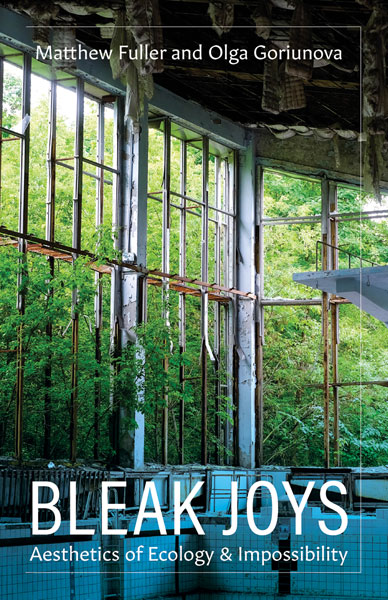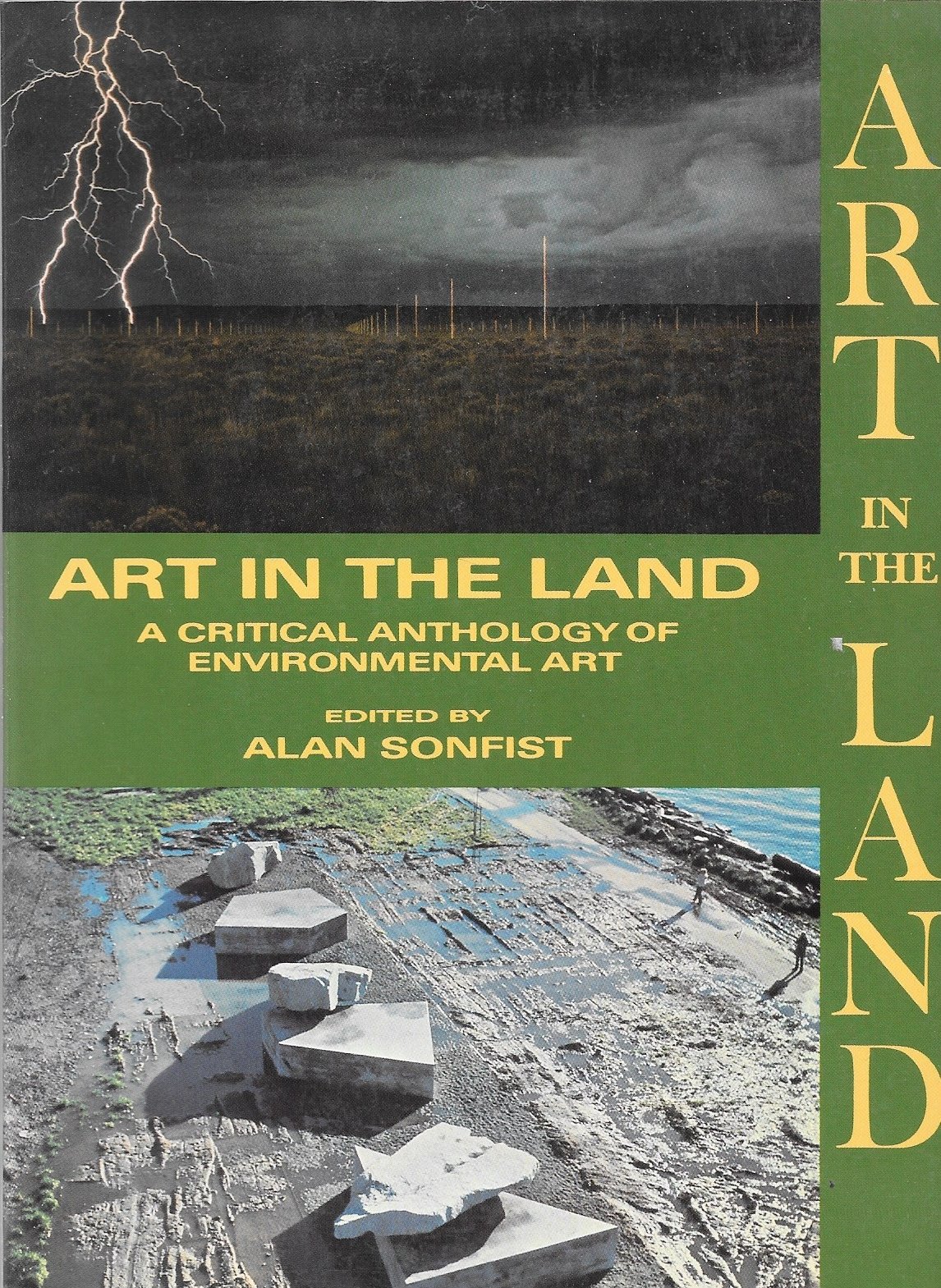Steina: Machine Vision (1978–)
Filed under video | Tags: · art, environment, installation, installation art, kinetic art, media art, op art, video, video art, vision
An electro-opto-mechanical environment by Steina, with instrumentation by Josef Krames, Woody Vasulka, and Bruce Hamilton. First shown at the Vasulkas exhibition at Albright-Knox Art Gallery in Buffalo, NY, 1978.
“When a human being operates the camera, the assumption is that the camera is an extension of the eye. You move the camera the way you move the head and the body. In video, unlike photography or film, the viewfinder is not necessarily an integral part of the camera apparatus. … In the late 1970s, I began a series of environments titled Machine Vision and Allvision, with a mirrored sphere. Another variation has a motorized moving mirror in front of the camera so that depending on the horizontal or vertical positioning of the mirror, the video monitor displays a continuous pan or tilt either back/forth or up/down. A third variation is a continuous rotation through a turning prism, while still another has a zoom lens in continuing motion, in/out. These automatic motions simulate all possible camera movements freeing the human eye from being the central point of the universe.” (Steina)
Recorded at the Palazzo delle Esposizioni, Rome, 1994/1995
Artist statement and documentation (artist’s website archive with restored videos)
WEBM (42 MB)
Comment (0)Matthew Fuller, Olga Goriunova: Bleak Joys: Aesthetics of Ecology and Impossibility (2019)
Filed under book | Tags: · aesthetics, animal, chance, ecology, environment, ethics, forest, individuation, nature, philosophy, plants, subject, territory, theory, virtuality

“Bleak Joys develops an understanding of complex entities and processes—from plant roots to forests to ecological damage and its calculation—as aesthetic. It is also a book about “bad” things, such as anguish and devastation, which relate to the ecological and technical but are also constitutive of politics, the ethical, and the formation of subjects.
Avidly interdisciplinary, Bleak Joys draws on scientific work in plant sciences, computing, and cybernetics, as well as mathematics, literature, and art in ways that are not merely illustrative of but foundational to our understanding of ecological aesthetics and the condition in which the posthumanities are being forged. It places the sensory world of plants next to the generalized and nonlinear infrastructure of irresolvability—the economics of indifference up against the question of how to make a home on Planet Earth in a condition of damaged ecologies. Crosscutting chapters on devastation, anguish, irresolvability, luck, plant, and home create a vivid and multifaceted approach that is as remarkable for its humor as for its scholarly complexity.
Engaging with Deleuze, Guattari, and Bakhtin, among others, Bleak Joys captures the modes of crises that constitute our present ecological and political condition, and reckons with the means by which they are not simply aesthetically known but aesthetically manifest.”
Publisher University of Minnesota Press, Minneapolis, 2019
Posthumanities series, 53
ISBN 9781517905521, 1517905524
xxviii+192 pages
PDF (6 MB)
Comment (0)Alan Sonfist (ed.): Art in the Land: A Critical Anthology of Environmental Art (1983)
Filed under book | Tags: · earth, environment, land art

Seminal collection of texts on land art and environmental art.
“A growing concern for nature has appeared worldwide over the last two decades. Art has always reflected the questioning of a society by itself and often takes an active role in the search for the answers to those questions.
A group of artists whose work makes a statement about man’s relation to nature has appeared over the last decade. These artists have at one time or another used natural substances such as earth, rocks, and plants in much of their work and have frequently constructed the work outside on natural sites. Although these artworks refer to nature, the artists’ methods, styles, and even intentions vary widely. They really cannot be said to form distinct groups but to occupy places on a broad spectrum.
At one end of the spectrum the idea of monumentality, of earth moving, is made possible by industrial tools: bulldozers, dump trucks, and so forth. These artworks were built to speak of themselves, not the land they occupy. At the other end of the spectrum there are artists pursuing the relatively new idea of cooperation with the environment, which they see as necessary because of the threat of its destruction. These artists respond sensitively to the work’s site, changing it as little as possible. This group is especially interested in stimulating an awareness of nature and the Earth.”
Texts by Joshua C. Taylor, Mark Rosenthal, Elizabeth C. Baker, Jeffrey Deitch, Michael Auping, Jack Burnham, Lawrence Alloway, Jonathan Carpenter, Pierre Restany, Donald B. Kuspit, Diana Shaffer, Grace Glueck, Kate Linker, Harold Rosenberg, Charles Traub,
Robert Rosenblum, Michael McDonough, Kenneth S. Friedman, and Jeffrey Wechsler.
Publisher Dutton, New York, 1983
ISBN 0525477020, 9780525477020
xii+274 pages
via rumblebee
PDF (21 MB)
Comment (0)
